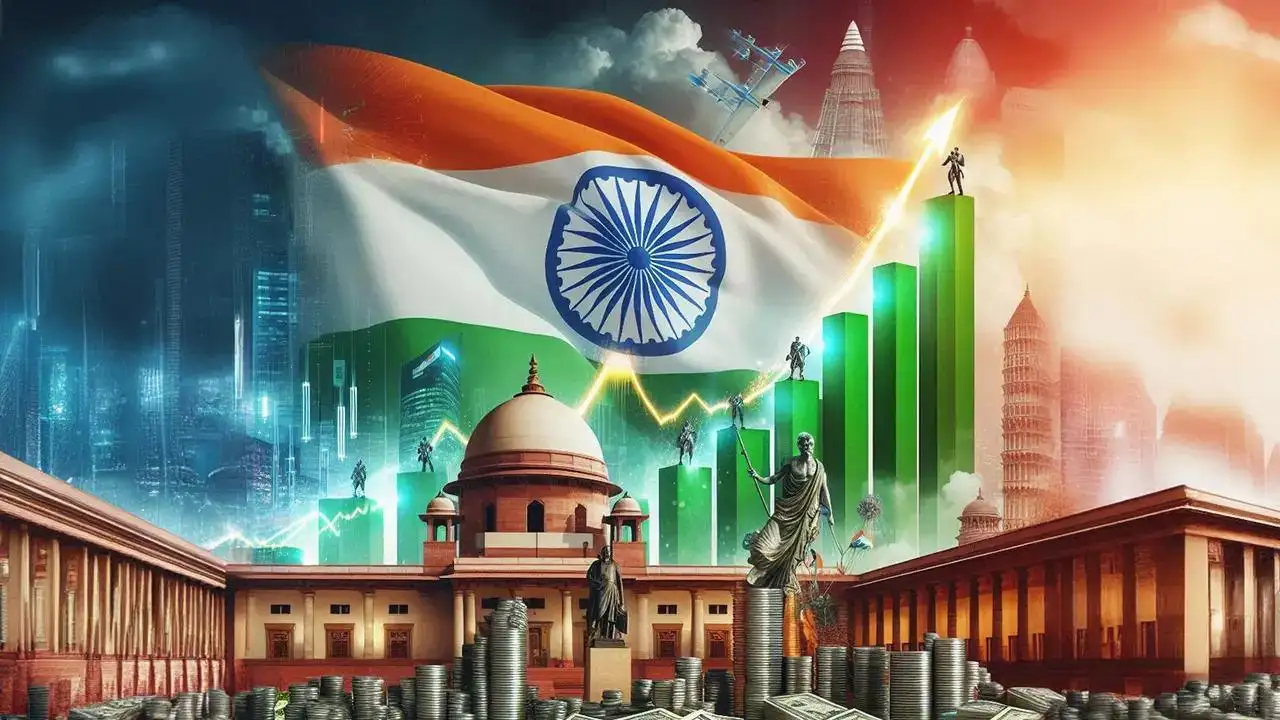CII Highlights Strong Economic Foundation of the Indian Economy

India’s economy is set to grow by 6.5% in the current fiscal year, according to Sanjiv Puri, President of the Confederation of Indian Industry (CII). Puri emphasized the resilience of the economy in the face of geopolitical challenges and highlighted the importance of strengthening trade relationships through bilateral agreements. He pointed to several positive economic indicators that support this growth forecast, including easing interest rates and a rise in investments.
Positive Economic Indicators
Sanjiv Puri noted that India’s economic foundation remains strong, which is crucial for achieving the projected 6.5% growth. He cited several macroeconomic indicators that bolster this outlook. Easing interest rates and declining inflation are expected to stimulate economic activity. Additionally, personal income tax concessions set to take effect on April 1 are anticipated to boost consumer spending. Puri also mentioned a significant increase in both public and private investments during the latter part of the previous fiscal year, which is a positive sign for economic growth.
Private investments are gaining traction in key sectors such as energy, transportation, metals, chemicals, and hospitality. However, Puri acknowledged that ongoing geopolitical uncertainties might lead to a cautious approach among investors. Despite these challenges, the overall sentiment remains optimistic, with expectations for a robust economic performance in the coming months.
Addressing Global Protectionism
In light of rising global protectionism and high tariffs, Puri stressed the need for India to secure its economic interests through strategic bilateral trade agreements. He pointed out that barriers to trade are increasing globally, making it essential for India to pursue partnerships with major economies like the United States and the European Union. Puri emphasized that these agreements are vital for enhancing India’s trade position in a challenging global environment.
He also suggested implementing a three-tier tariff structure for specific sectors to improve competitiveness on the global stage. This approach could help Indian industries better navigate the complexities of international trade and position themselves favorably against foreign competitors.
Focus on Domestic Economic Drivers
Puri highlighted the importance of focusing on domestic economic levers to drive growth and competitiveness. He mentioned sectors such as agriculture and climate adaptation as critical areas where India should intensify its efforts. By strengthening these domestic drivers, the country can mitigate some of the uncertainties stemming from global economic fluctuations.
Additionally, Puri expressed optimism about rising demand trends. He noted that rural consumption is beginning to increase, while urban demand, although currently stagnant, is expected to rebound in the upcoming quarters. This shift in consumption patterns could further support the anticipated economic growth.
Future Expectations
Looking ahead, Puri reiterated the expectation of further interest rate easing, which could provide additional support to the economy. The combination of favorable macroeconomic indicators, strategic trade agreements, and a focus on domestic growth drivers positions India well for the future. As the economy navigates through geopolitical challenges, the emphasis on strengthening trade relationships and enhancing competitiveness will be crucial for sustaining growth in the coming years.
Observer Voice is the one stop site for National, International news, Sports, Editor’s Choice, Art/culture contents, Quotes and much more. We also cover historical contents. Historical contents includes World History, Indian History, and what happened today. The website also covers Entertainment across the India and World.

